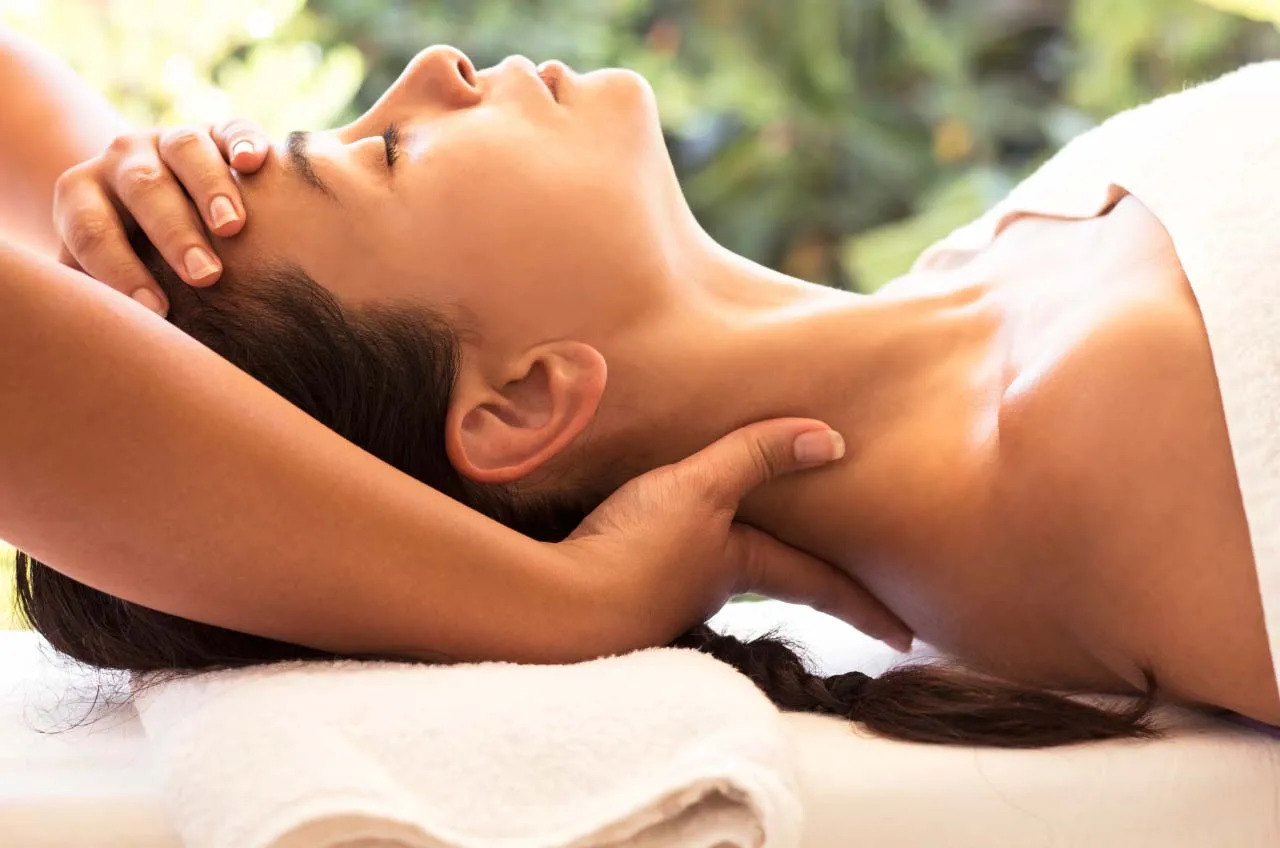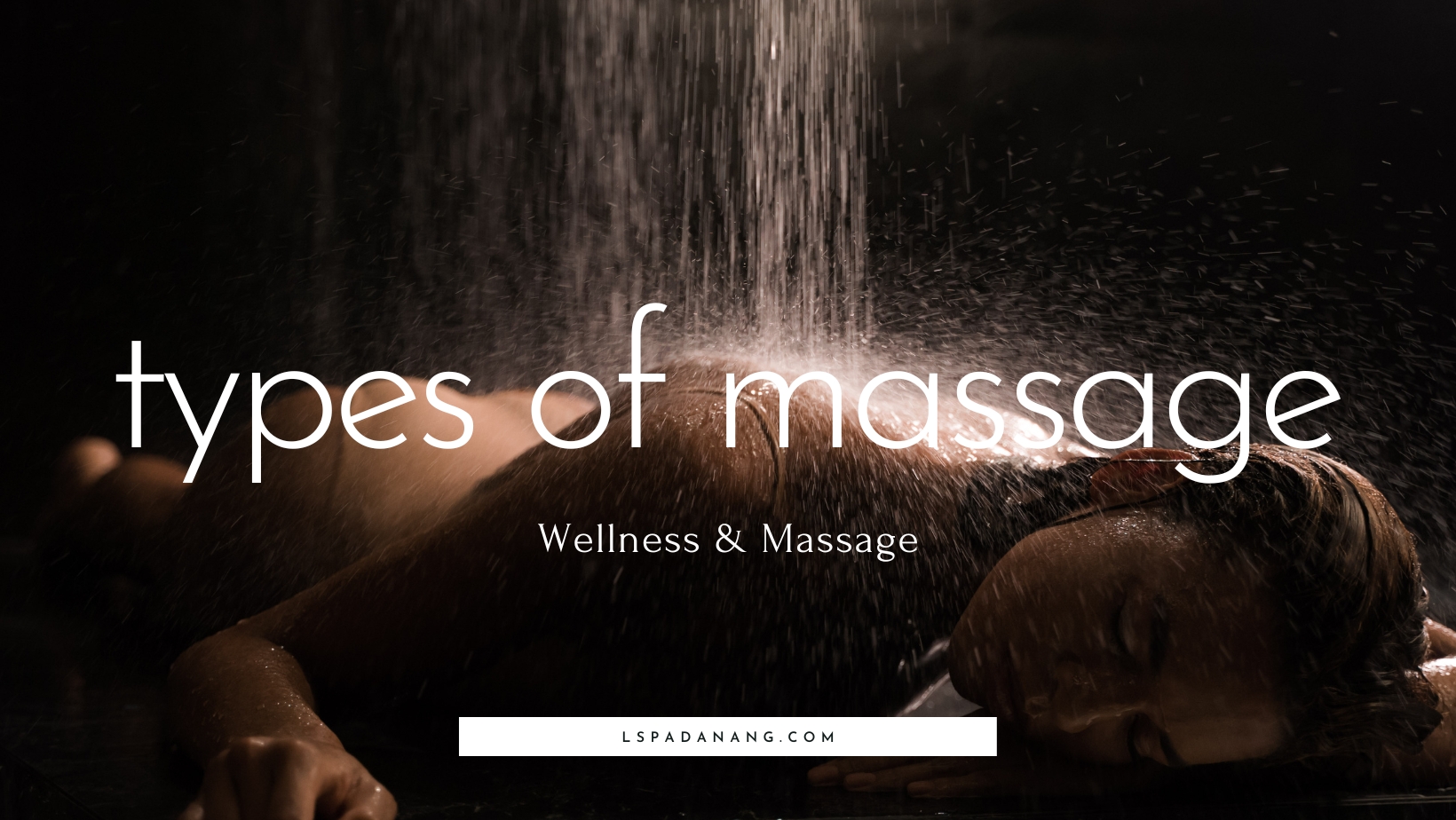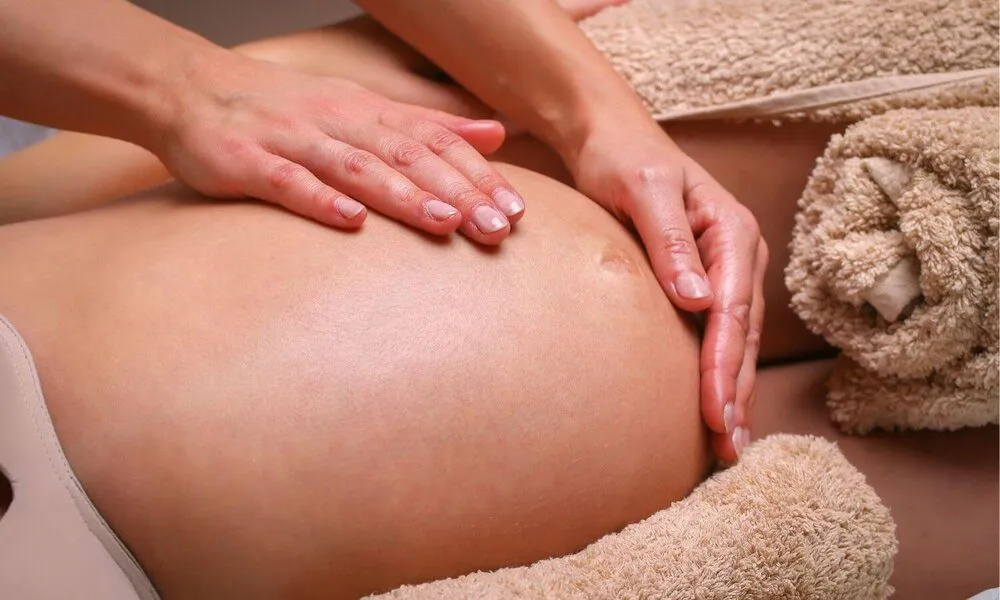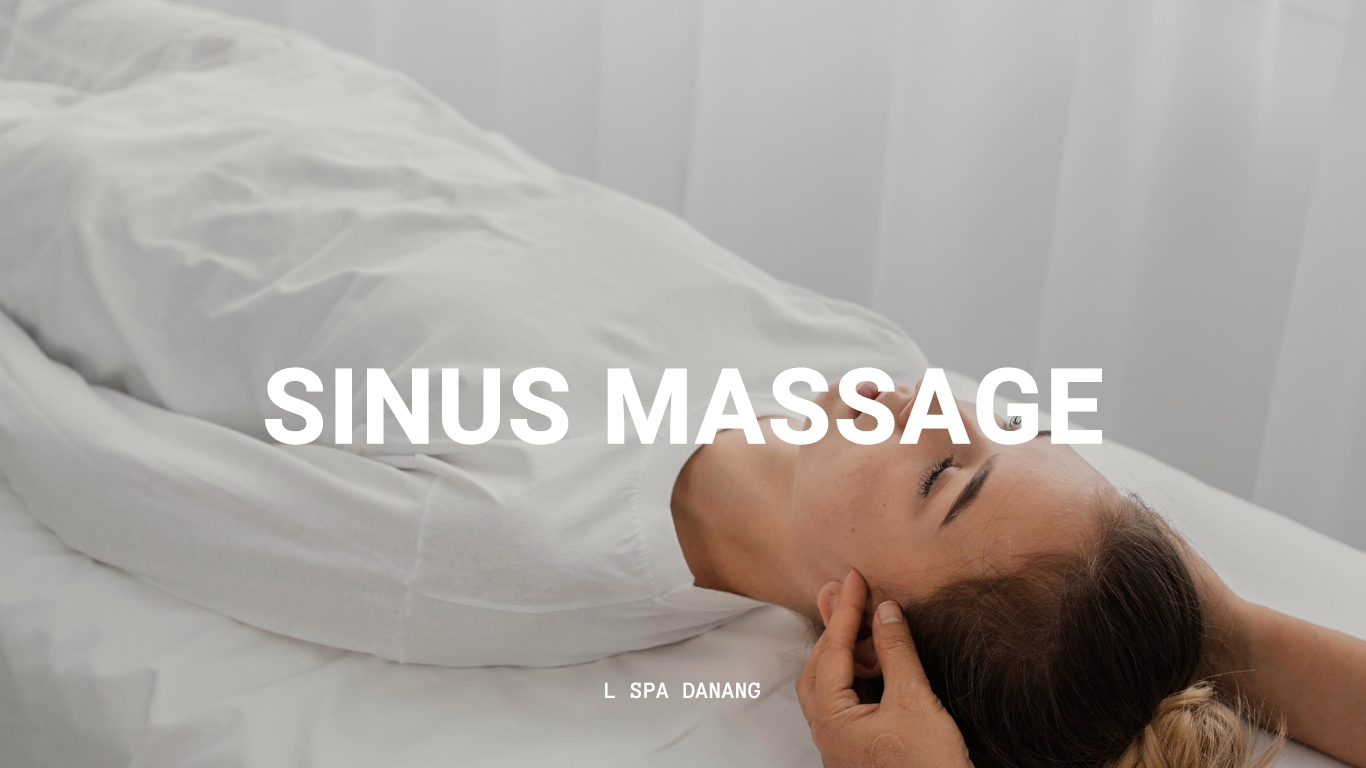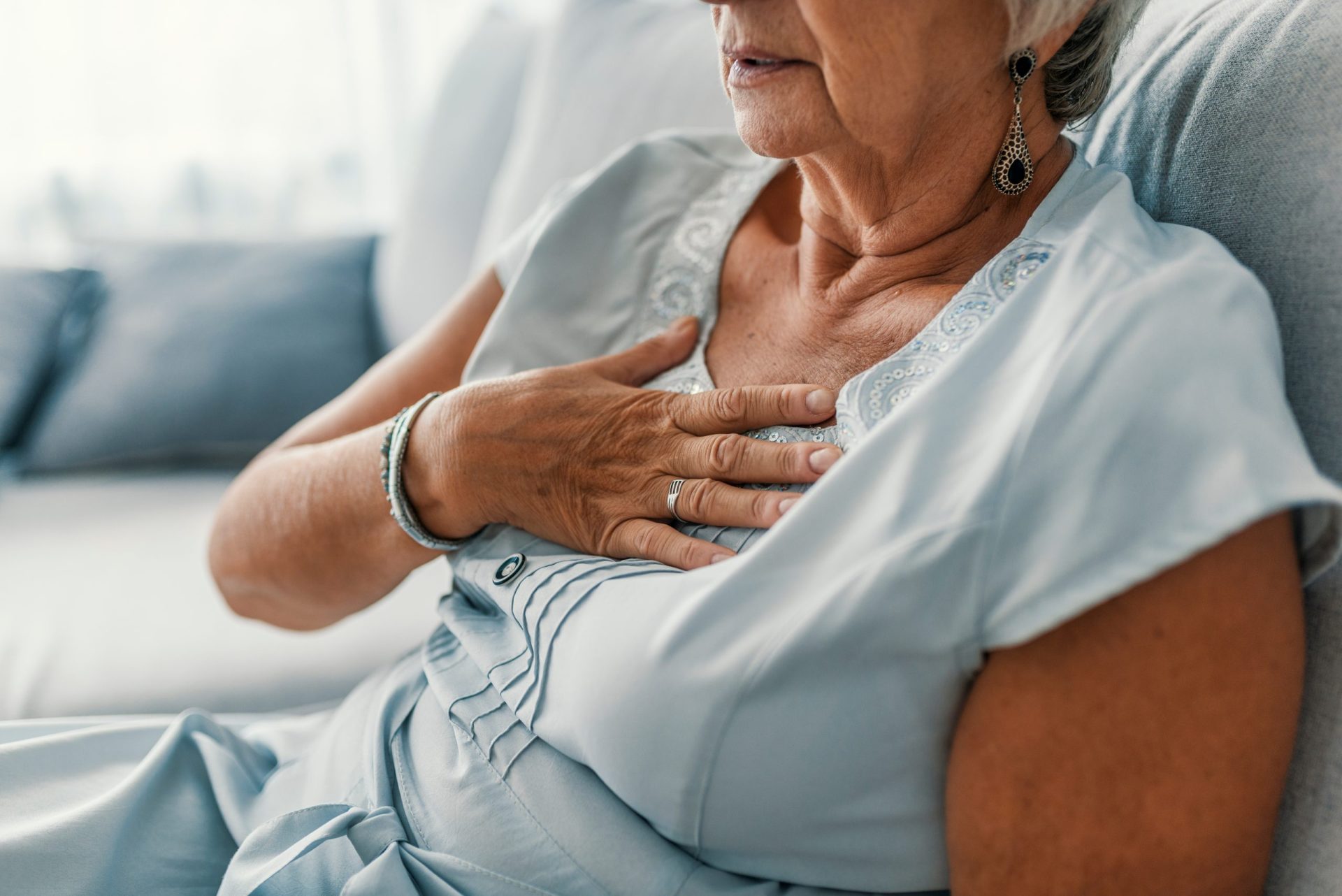Have you ever experienced those days when your body feels like it’s stuck in a rut? Maybe you wake up with a stiff neck, or your shoulders just won’t cooperate when you try to reach for something. These everyday discomforts might seem minor, but they can greatly impact your quality of life. This is where mobilisations massage comes into play – a technique that goes beyond the typical massage experience to address specific movement issues. In this article, we’ll explore the wonders of mobilisations massage, its benefits, techniques, and how it can set your body free from the chains of stiffness.

1. Understanding Mobilisations Massage
Mobilisations massage is not your typical relaxation massage. It’s a targeted approach designed to enhance joint movement and alleviate discomfort caused by restricted mobility. Unlike regular massages that primarily focus on muscle relaxation, mobilisations massage centers on joint manipulation and mobilization. It’s like giving your joints a gentle nudge, encouraging them to move freely and smoothly.
2. The Science Behind It
Mobilization techniques in massage therapy can address both joint and soft tissue issues. Joint mobilization involves the manipulation of bones or vertebrae to alleviate painful tension and stiffness, aiming to enhance the range of motion and mitigate discomfort. The application of joint mobilizations encompasses a range of pressure levels categorized on a scale from one to five, selected based on the desired therapeutic outcomes.
On the other hand, soft tissue mobilization is a targeted therapeutic approach employed to alleviate tightness and alleviate discomfort within the body through manual manipulation. Soft tissues encompass muscles, ligaments, tendons, and the connective tissue known as fascia. Varying amounts of pressure and different stroke patterns are utilized in the application of soft tissue mobilizations, targeting the affected soft tissues directly.
Mobilization techniques have the potential to enhance muscle flexibility, increase range of motion, and improve muscle strength.
3. Benefits of Mobilisations Massage

Increased soft tissue flexibility
Mobilizations offer advantages in boosting flexibility. Soft tissue mobilizations involve applying pressure to the muscles. These techniques aid in raising muscle temperature and inducing relaxation. Mobilization contributes to the extension and elongation of muscle fibers, thus enhancing flexibility. Flexibility plays a crucial role in preventing injuries and maintaining joint mobility.
Relaxation
Furthermore, mobilizations prove effective in alleviating muscle tightness. Tense muscles can result in strains and pulls that might immobilize joints. Mobilizations alleviate muscle tightness by raising temperature, improving circulation, and enhancing tissue elasticity. Alleviating muscle tightness is essential for injury prevention and improving athletic performance.
Increased joint range of movement
Joint mobilizations are efficient in addressing stiffness and enhancing the range of motion within joints. Joint stiffness can stem from various factors. When joints become stiff, movement becomes limited and may lead to chronic pain. Joint mobilizations facilitate bone movement, relieving tension and promoting increased mobility.
5. Mobilisations Massage Techniques
Mobilisations massage involves a variety of techniques that are tailored to your unique needs. Here are some common methods that skilled therapists employ:
Oscillations and Sustained Movements
Imagine your stiff shoulder receiving rhythmic, back-and-forth movements, almost like a gentle rocking. These oscillations are designed to coax the joint into moving within its restricted range. On the other hand, sustained movements involve gently holding a joint at its end range for a few moments. This encourages the joint’s receptors to adjust and gradually extend that range over time.
Accessory Movements
Just like accessories complete an outfit, accessory movements complete the mobilisations massage experience. These movements are subtle and involve slight gliding or shifting of joint surfaces. While they might seem minor, accessory movements can lead to significant improvements in joint mobility and overall comfort.
6. Incorporating Mobilisations Massage Into Your Routine

So, how can you make the most of mobilisations massage? Here are some tips to consider:
Consult a Professional
While there are self-mobilization techniques you can try at home, it’s recommended to consult a trained therapist before diving in. They can assess your specific mobility issues and create a personalized mobilisations massage plan for you.
Consistency is Key
Like any wellness practice, consistency is crucial. Regular mobilisations massage sessions can yield better and longer-lasting results. Think of it as a journey toward enhanced flexibility, with each session contributing to improved mobility.
Mobilizations can be conducted on both soft tissues and joints. Soft tissue mobilizations involve manual manipulation of the soft tissues, which include muscles, ligaments, tendons, and connective tissue. These mobilizations are directly applied to the soft tissues to alleviate tightness. Joint mobilizations, on the other hand, entail applying pressure to specific joints such as the shoulder and vertebrae. Joint mobilizations are effective in reducing pain, stiffness, and tension. Both soft tissue and joint mobilizations are applicable to various parts of the body. The common body areas for soft tissue mobilizations encompass the arm, shoulder, upper back, lower back, thigh, and calf.
In a world where movement is a gift, don’t let discomfort hold you back. Mobilisations massage offers a path to unlock your body’s potential for fluidity and comfort. By addressing joint mobility and promoting relaxation, this technique can rejuvenate your overall well-being. So, why not give your body the freedom it deserves?
7. Frequently Asked Questions (FAQs)
Q1: Can I perform mobilisations massage on myself at home?
A: Yes, there are simple self-mobilization techniques you can try, but it’s advisable to consult a professional for best results.
Q2: Is mobilizations massage suitable for all ages?
A: Yes, mobilisations massage can benefit people of all ages, from young adults to seniors.
Q3: How often should I get a mobilisations massage?
A: It’s recommended to start with a therapist’s guidance and then adjust the frequency based on your progress. Generally, regular sessions yield better outcomes.
Q4: Are there any contraindications to mobilisations massage?
A: Individuals with specific joint conditions or injuries should consult a healthcare provider before receiving mobilisations massage.
Q5: Can mobilisations massage help with chronic pain issues?
A: Yes, mobilisations massage can be effective in managing chronic pain by improving joint mobility and reducing muscle tension. However, individual results may vary.
This informational article is for reference and to explain the nuances of Mobilisations Massage. L Spa does not provide this specific therapy, and the information provided is for educational purposes. To learn about our available services, please visit the L Spa Da Nang website.

